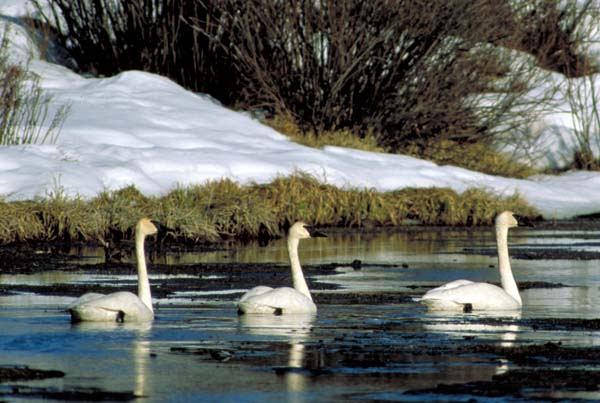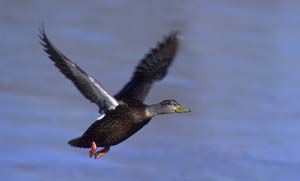 |
| Today’s NOAA flood warnings |
Wildlife is fleeing the major flooding along the Mississippi River. (There is also major flooding today on the James River in South Dakota and Lake Champlain in Vermont.)
–ABC News focuses on the danger of snake bites to residents in the flood zone.
-Articles in the The Desoto Times Tribune (Miss.) and the Natchez Democrat focus on deer fleeing the floodwaters, and quote state wildlife officials saying that all hunting regs still apply.
-One Louisiana parish is asking the state Department of Fisheries and Wildlife to double hunting fines during the flood emergency.
-A Vermont story focuses on flooding’s impacts on plant habitat, the threat to a rare tern, and the bumper crop of mosquitoes to come.
Map: NOAA. Purple means major flooding.




 st1:*{behavior:url(#ieooui) } <![endif]–>
st1:*{behavior:url(#ieooui) } <![endif]–>

